Menopause Stole My Crown – Until I Took It Back
Words by
Katya Sams
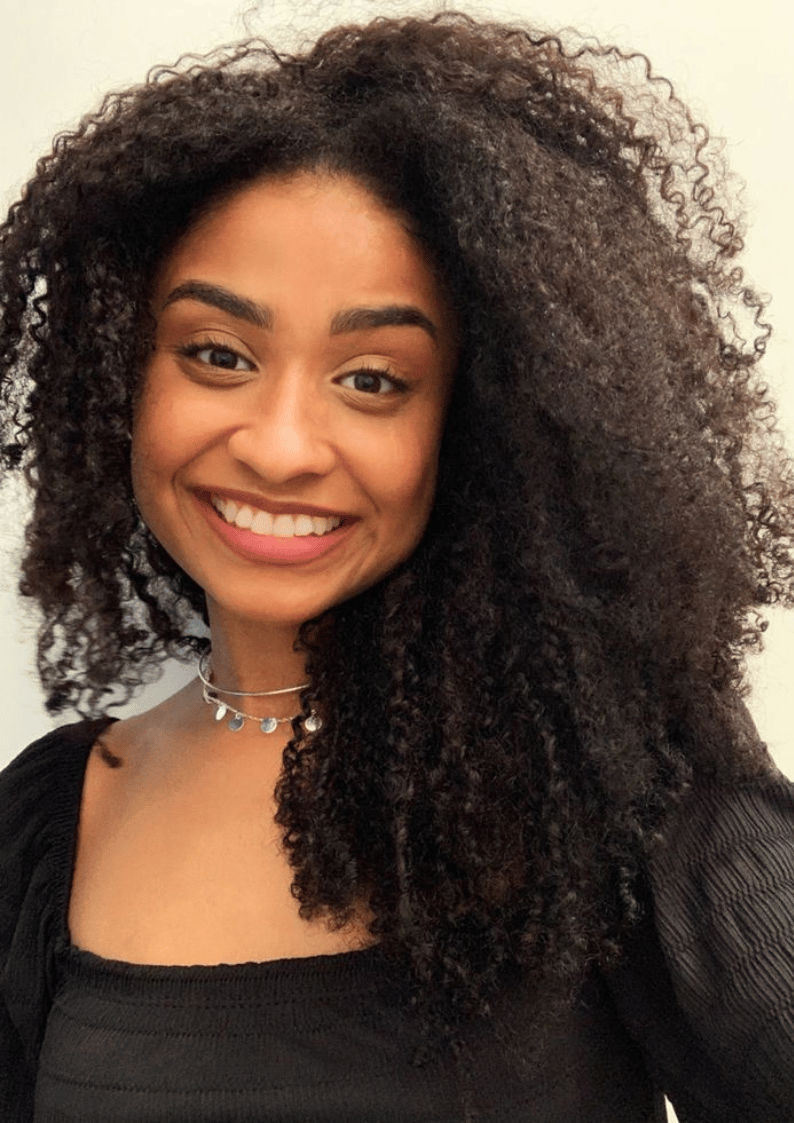
Share



Published on: September 03, 2025
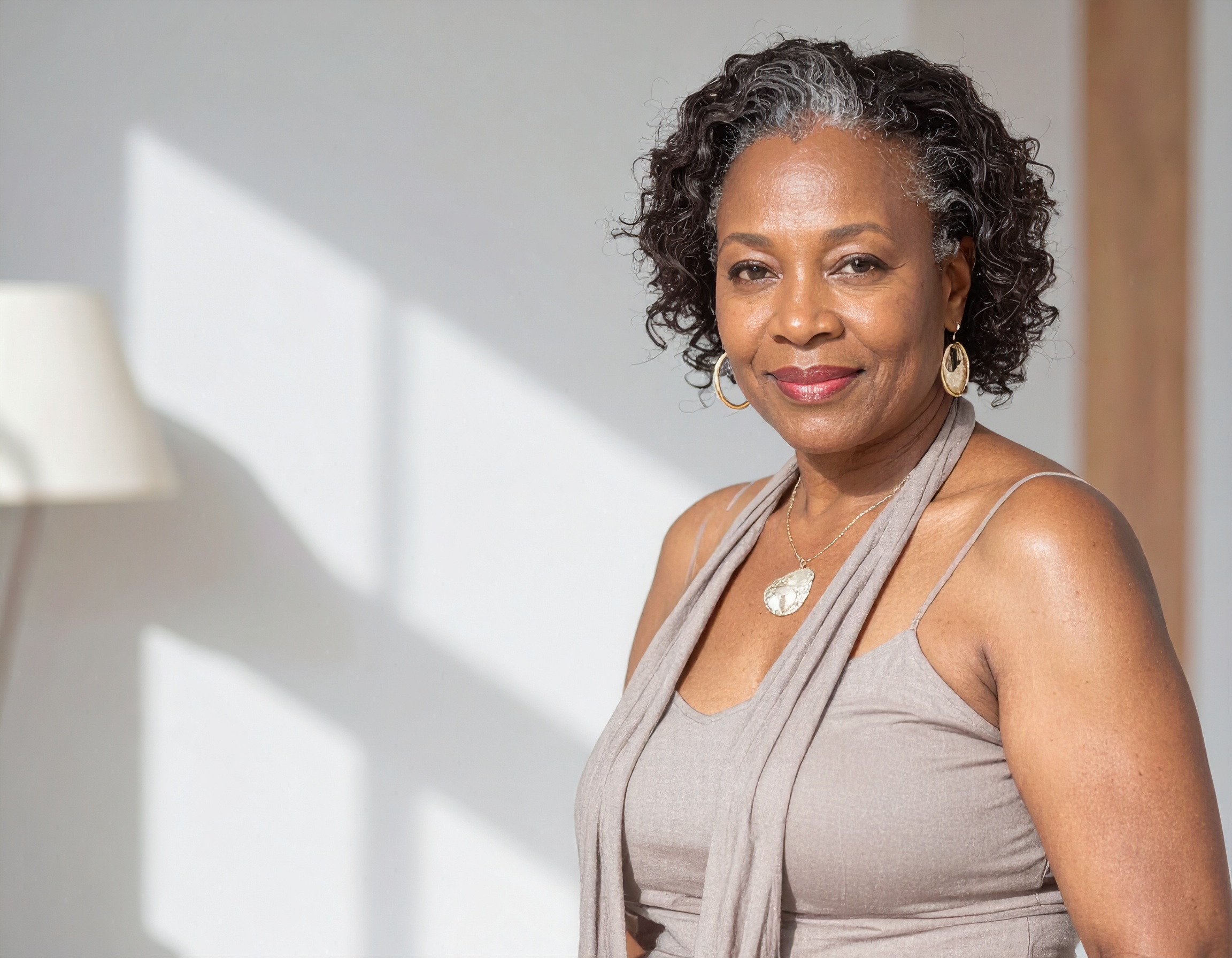
I spent years hiding my thinning hair and crying as I watched my crown fall apart. Now my 19-year-old daughter is asking how my hair looks thicker than hers.
After years of failed treatments, I discovered a hair growth secret rooted in African heritage that regrew my edges and restored my identity.
Sister… let me be real with you. At 51, my edges were gone. Not just thin — gone. I remember the day I looked in the mirror and saw more scalp than hair framing my face. It felt like a punch to the gut. My beautiful 4C coils that I used to twist proudly? They were betraying me strand by strand. I felt a piece of my identity slipping away with each shed hair. I later learned I wasn’t alone – nearly half of Black women experience hair loss – but at the time, I suffered in silence, thinking it was just me.
When Menopause Took My Hair, My Confidence Went With It
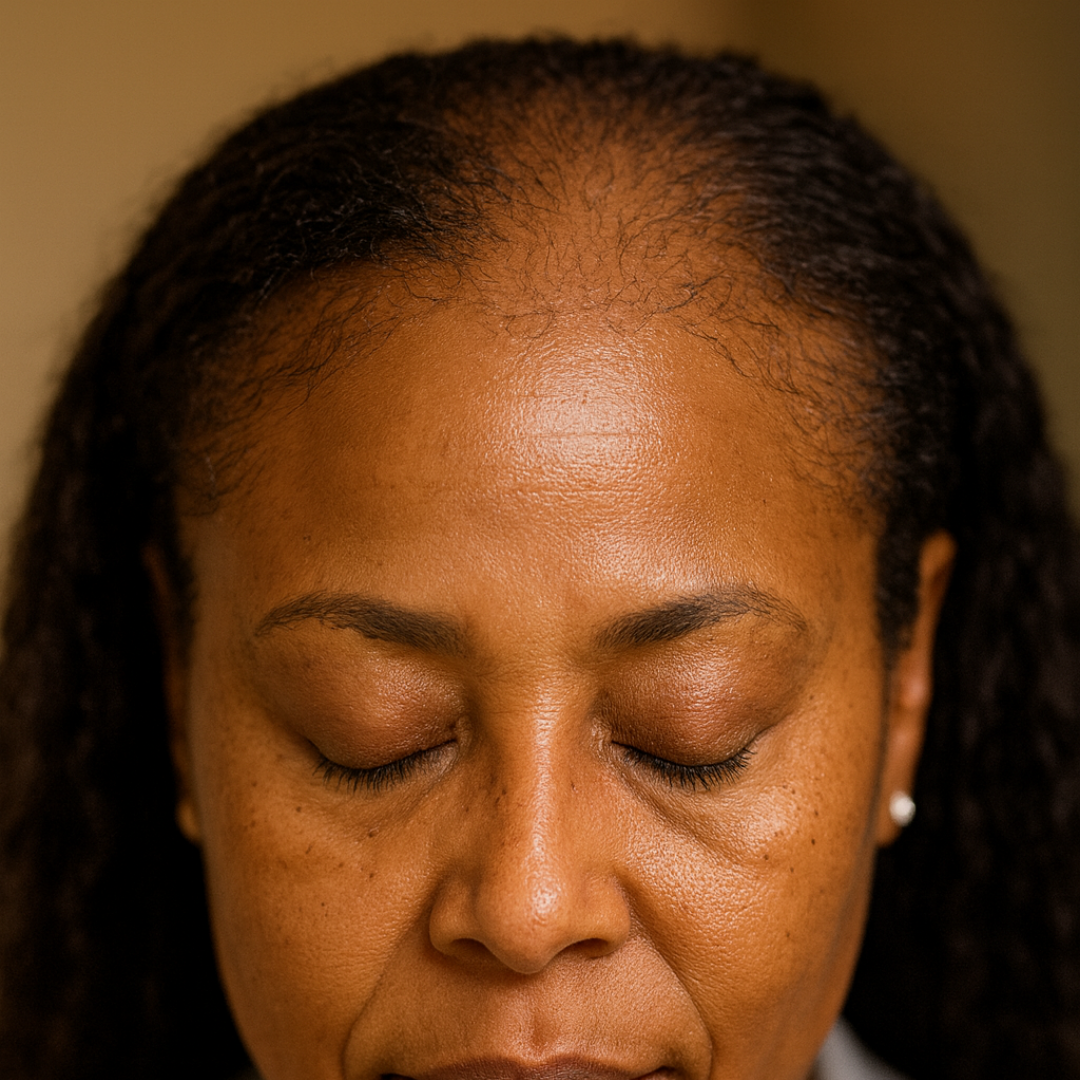
Going through menopause was hard enough with the hot flashes and mood swings, but the hair loss hit different. For Black women like us, our hair is our crown – a symbol of beauty, heritage, and pride. So when my crown started thinning, I wasn’t just losing hair. I was losing confidence. I’d dread washing my hair because of the clumps that would come out. Some nights I’d be in tears in a bath full of hairs, wondering if I’d done something wrong. Was it the years of braids and relaxers catching up to me? Or just genetics laughing last? I had this internal conversation daily – one voice whispering, “Maybe this is just your new reality, accept it,” and another voice urging, “No, fight for your hair… fight for you.”
I tried to hide it at first. I became the queen of creative protective styles – wigs, scarves, anything to cover my thinning crown. But underneath every wig cap was a constant fear: what if it never grows back? What if I have to bury a part of myself?
False Hopes and Empty Remedies
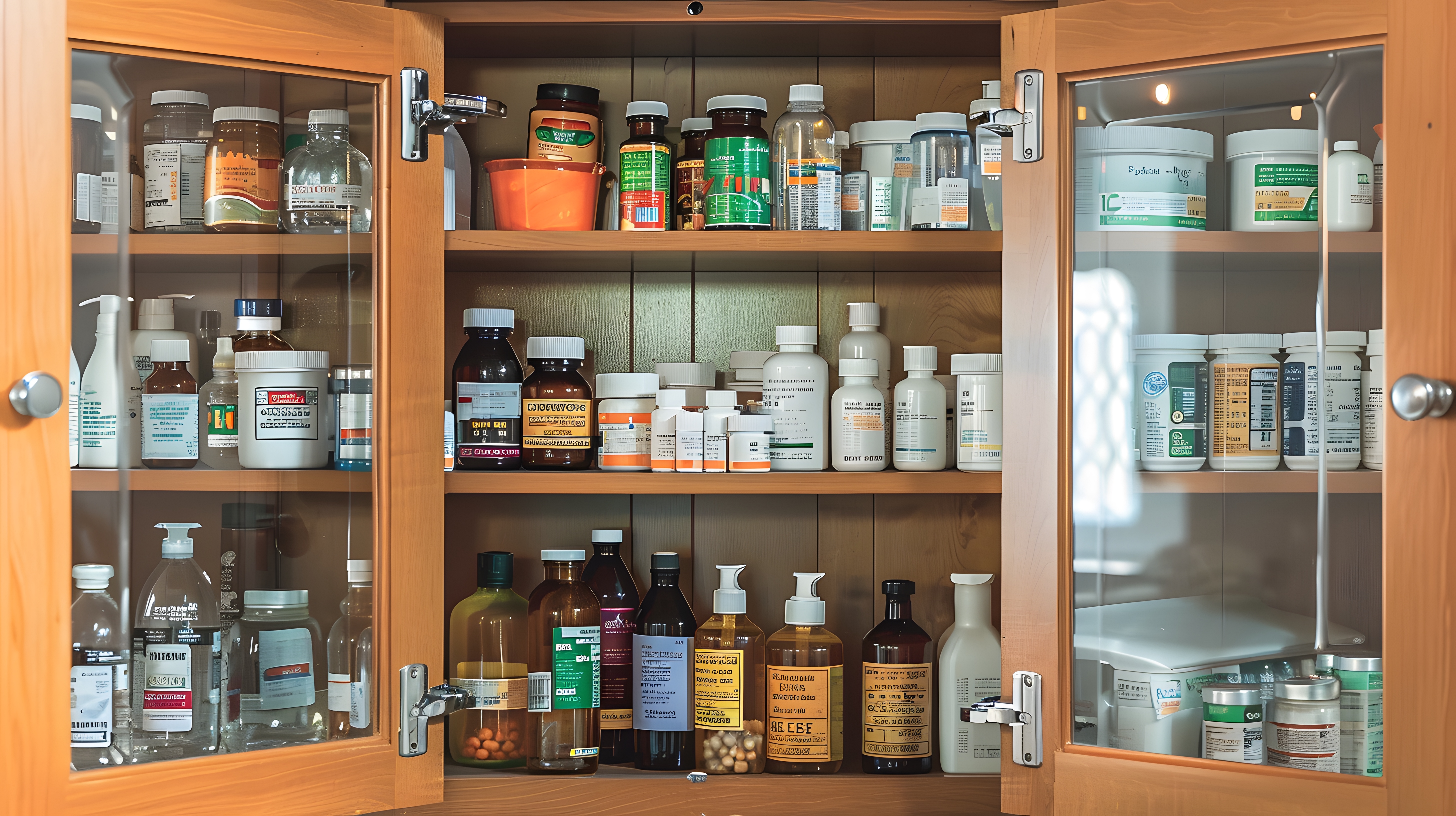
Like many of us, I didn’t sit around doing nothing. Sis, I tried it all. Over the years I became a mini-pharmacy of hair loss treatments:
Rogaine (Minoxidil): I applied those foams and solutions diligently. All I got was an itchy, flaky scalp and stained pillowcases – no meaningful growth for my 4C hair.
Biotin and Supplements: Every gummy and pill that promised thicker hair, I popped it. After months, my nails grew faster, but my edges? Still MIA.
Expensive PRP Treatments: Yes, I even went there – I paid thousands for those Platelet-Rich Plasma scalp injections that were supposed to stimulate my follicles. Three rounds in, and the only thing lighter was my wallet.
Each time, I’d hype myself up hoping this might be the miracle. And each time, I was let down. I can’t tell you how many nights I sat on the edge of my bed, staring at another fancy bottle or vial, and feeling like a fool. I remember thinking, “They don’t understand our hair... our struggles. Maybe nothing will work for me.” The frustration was overwhelming. At one point I stopped looking in the mirror unless I had a wig on. I avoided salons because I couldn’t bear the pity in the stylist’s eyes. This wasn’t vanity – it was grief. The girl with the proud afro puff in college was disappearing, and I mourned her.
A Whisper from the Ancestors
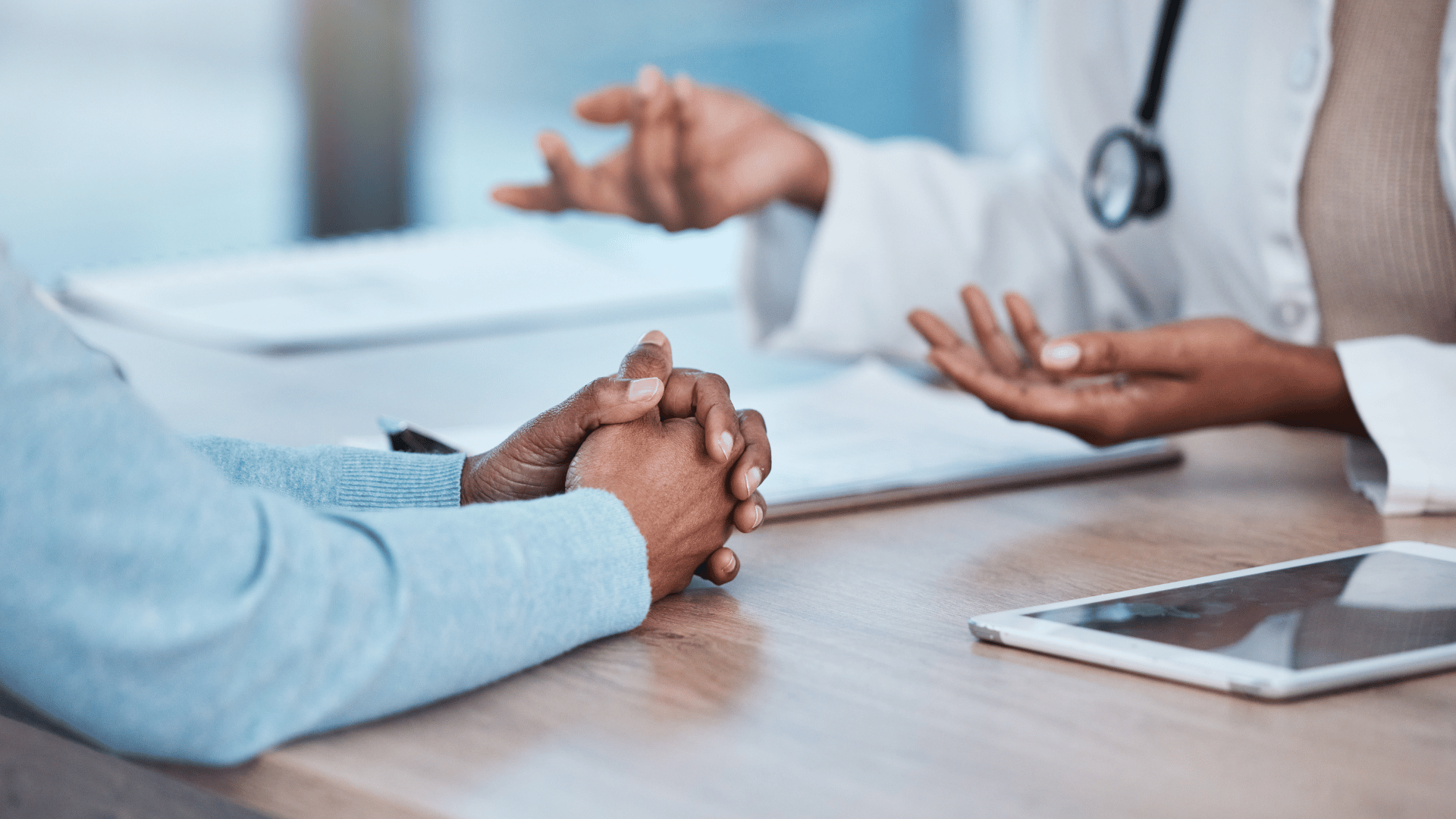
Just when I was about to give up, something unexpected happened. My dear friend Carole – a sister in both friendship and shared struggle – pulled me aside after church one Sunday. She said, “Girl, I met someone you need to talk to. She’s a doctor who gets what we’re going through.” I was skeptical (I had seen so many doctors by then), but I agreed to meet her.
That’s how I found myself face-to-face with Dr. Amara Johnson, a black trichologist and menopause specialist who had this warm, knowing smile. She was in her late 40s and, to my surprise, rocking a gorgeous head of natural hair. Dr. Johnson told me, “I’ve been where you are. Lost my own edges at 47. Spent a fortune trying to fix it.” My eyes brimmed with tears as she spoke, because for the first time someone truly understood.
She broke down what was happening to me in a way no one had before. In her words, my follicles weren’t “dead” – they were in rebellion. The drop in estrogen during menopause had essentially told my hair, “Time’s up.” Our bodies started creating a hostile environment for growth. And for Black women, she explained, it’s even fiercer. We often experience menopause earlier and with more intense effects, so our follicles go on strike longer. No wonder our edges are often the first to go. Hearing this, I felt validated – it wasn’t my fault; there was a real physiological battle happening on my scalp.
Then Dr. Johnson said something that gave me chills: “Our ancestors had solutions for this, but those wisdoms got pushed aside.” She had spent years researching menopause-related hair loss in women with textured hair – the first Black woman to do so, in fact. In her research, she stumbled on her grandmother’s journal, which contained hair growth recipes from pre-colonial Africa. She realized that those old folk remedies were more than superstition. “Our grandmothers and great-grandmothers were chemists in their own right,” she laughed. “They knew how to nurture a crown.”
One ingredient she found in that journal was from the Chebe plant, used by women in Chad for generations to grow famously long, resilient hair. When Dr. Johnson tested it in her lab, she discovered it was incredibly potent – in fact, an extract of Chebe outperformed minoxidil threefold for women over 45 in her trials! Yes, you read that right: a natural plant from Mother Africa beat out the drug in growing hair for Black women my age. That got my attention.
The First Culturally Rooted Hair Growth Breakthrough
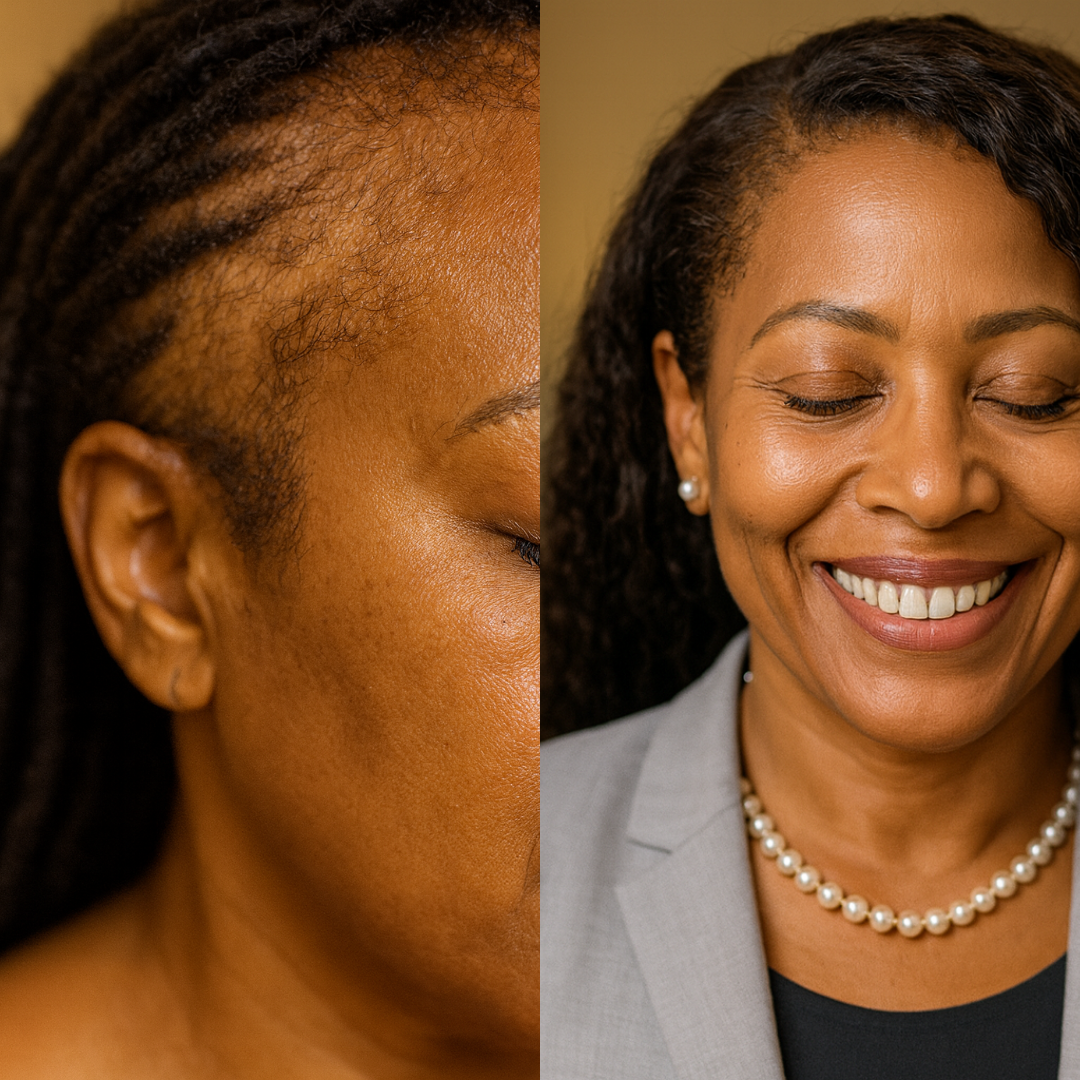
Dr. Johnson didn’t just stop at journal recipes. With the help of biochemists, she took those traditional ingredients and combined them with modern science, creating what she called an “ancestral activation” formula to reawaken stubborn follicles. The result was a serum unlike anything I’d seen before. It’s called LUMIN Hair Growth Serum Roll-On – though Dr. Johnson simply handed me a little bottle and called it “your crown restore potion” with a wink.
I was intrigued, but after so many letdowns, skepticism was my default. Dr. Johnson understood. She showed me how LUMIN was different:
For Us: It was created by black women, for black women going through menopause. This wasn’t a one-size-fits-all generic potion – it was formulated with our 4C coils, our scalp chemistry, us, in mind.
Botanical Power: The serum blends dozens of botanical extracts that our foremothers used. Ingredients like rosemary oil (clinically shown to work as effectively as minoxidil, but without the side effects), and more – all working together to nourish the scalp and kickstart growth naturally.
Modern Follicle Science: Alongside the ancient wisdom is cutting-edge science. There’s a next-gen complex (Dr. J calls it “follicle reawakening technology”) with a special pea sprout extract that prolongs the hair’s growth phase. In plain speak, it helps our strands grow longer and stronger without quitting on us too soon.
Precision Roll-On Applicator: This part made me literally say “hallelujah!” It’s a roll-on bottle – like a gentle massage roller for your scalp. No mess, no drips. I could part my hair under my wigs or between braids and just roll it on. It works with protective styles instead of against them. Finally, I didn’t have to choose between treating my hair and keeping my style.
Proven for Women 45+: They even tested LUMIN with women in our age group, proving it actually works for women in menopause, not just younger folks. Other women in their 50s and 60s were seeing real results. Hearing that, and seeing Dr. Johnson’s own restored edges, gave me the confidence to give it a try.
I left that meeting clutching the little roll-on like a lifeline. For the first time in ages, I felt hope fluttering in my chest. I remember whispering to myself that night, “This might be it. This could be the answer our grandmothers knew.”
From “Tears in the Tub” to “Your Crown is Back”

I followed Dr. Johnson’s instructions religiously: roll it directly onto my scalp twice a day, morning and night. It became a ritual – a few peaceful minutes massaging my temples and crown with the serum, sometimes speaking affirmations while I did it: “Grow, baby, grow,” I’d murmur, half-praying, half pep-talking my follicles. The serum had a fresh, herbal scent – a mix of rosemary and something earthy – that made it feel like I was in my grandmother’s garden. It wasn’t greasy at all, and it absorbed quickly. No stained pillows, no residue on my wigs. Already a win.
The first week, I didn’t see much change – and I had a moment of panic. But I remembered Dr. Johnson’s words: “Be patient, sister. Our hair is stubborn, but it wants to grow.” By week three, I noticed significantly less shedding in the shower. I wasn’t ending my showers in tears anymore, and there were fewer hairs swirling down the drain. That alone felt like progress.
Around the six-week mark, something magical happened. I was getting ready one morning when I nearly dropped my comb – along my hairline, I spotted the tiniest baby hairs catching the light. They were new growth, soft and curly, defiantly poking through where it had been smooth as a driveway before. I cried happy tears this time. It had been so long since I’d seen new hairs there that I forgot what it felt like. It was like greeting an old friend.
As the weeks went on, those baby hairs kept multiplying and growing longer. My thin spots filled in with stronger, thicker strands. My edges were actually coming back. I could hardly believe the woman in the mirror was me – smiling, fussing with her new sprouts of hair like they were precious seedlings. And they were.
Three months into using LUMIN, I visited Carole (the friend who introduced me to Dr. Johnson). I walked in without my wig, sporting a simple headwrap that showed my hairline. I’ll never forget her face. Her eyes went wide and she grinned from ear to ear. “Girl… your crown is back!” she practically shouted, pulling me into a hug. We both stood there and cried, laughing at ourselves at the same time. Because only someone who’s been through it knows what that moment means. It’s like reclaiming a piece of your soul.
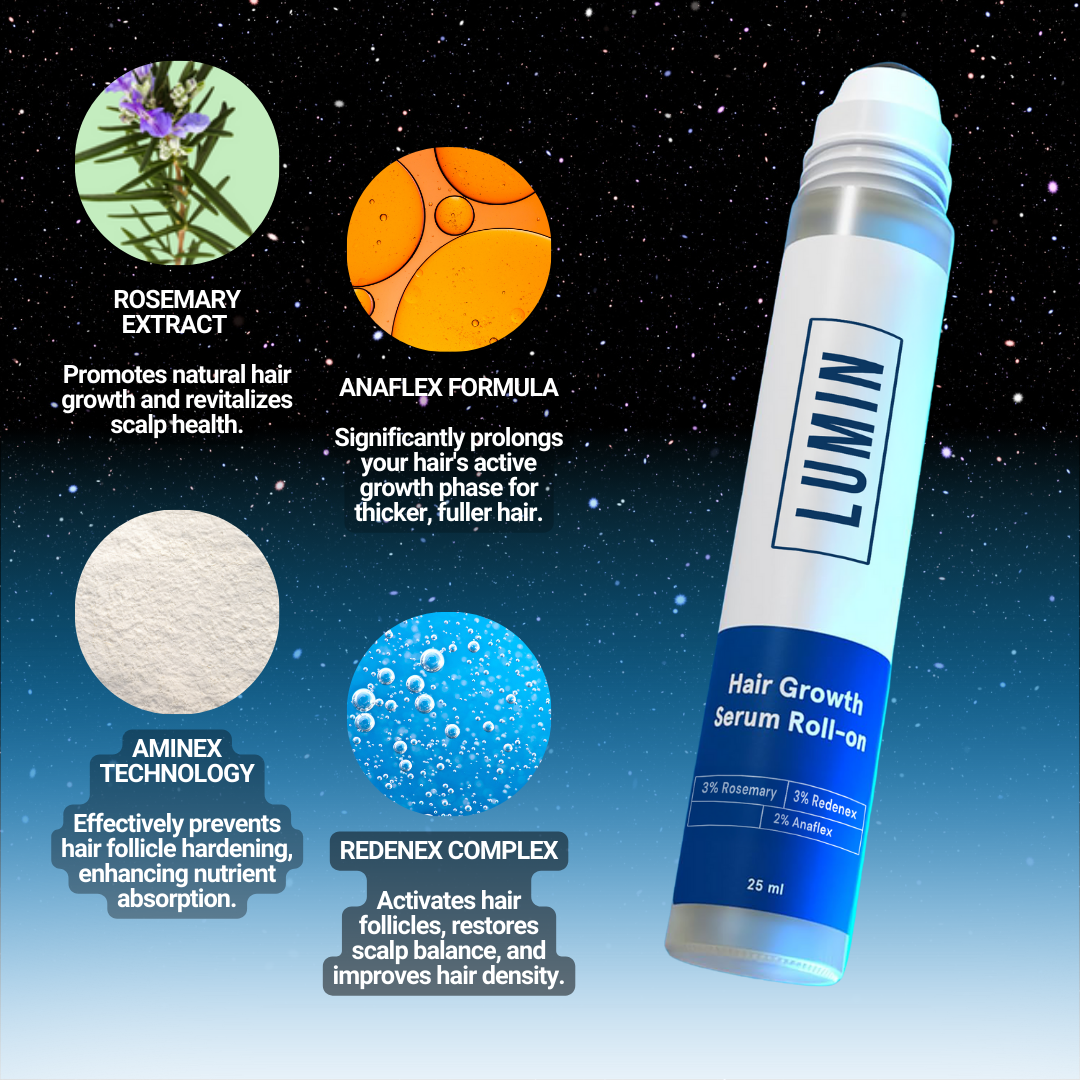
Reclaiming Identity, One Strand at a Time
Getting my hair back was about so much more than vanity or looks. It was about identity. Each new coil that grew in felt like a piece of me returning. I started going out more, holding my head higher. I’d catch myself humming while doing my hair, excited about styling my own strands rather than hiding under a wig. My husband saw my confidence spark back to life and said it was like seeing “his Queen” return to her throne. Corny as it sounds, I finally felt like me again – the me with the feisty, beautiful hair that reflects the fire inside.
I even started a little “menopause hair sister circle” with Carole and a few other women at church who were struggling with the same issue. We share tips, support, and yes – we share that little miracle roll-on. One by one, I’m seeing them get their crowns back too. The joy on a sister’s face when she shows me her new growth shining in the sunlight... that’s priceless. It’s like watching a phoenix rise each time.
To any black woman reading this who has felt the pain of losing her hair during menopause, I want you to know two things. First: you are not alone, and it’s not your fault. You didn’t “do something wrong” – our bodies change, and sometimes our hair struggles as a result. But second: there is hope. Real, tangible hope that honors who you are. I got my hair growing again using a solution that was tailor-made for us, blending the wisdom of our ancestors with modern science. No gimmicks, no generic one-size-fits-all promise – this was built from the ground up with black women in mind, by black women.
I went from feeling dethroned and defeated to feeling like the regal, radiant woman I truly am. You deserve to feel that too. You deserve to look in the mirror and recognize the woman staring back at you, crown and all.
So sister, if you’re ready to finally take back what menopause stole – to nourish your hair, your heritage, and your confidence all at once – I encourage you to take that step.

Meet Your New Everyday Hair Essentials
Your crown awaits, King. It's time to get your edges—and yourself—back.
CHECK AVAILABILITY
Over 600+ Five Star Reviews!




